BES Student progress help
The student progress dashboard gives you an overview of what each student linked to your school has achieved. Circles represent badges in each level (bronze, silver, gold) and will appear filled in when a student completes the badge. Stars at the end of each row indicate whether the student has achieved that level (and therefore unlocked the next level). Note that student progress is not linked to progress made using class accounts, it will only show badges achieved using individual student accounts.
BES Resource help
On the resource hub we have a range of different resources to help you plan and implement your own nature-friendly activities in your schools. You can read more about how to find resources and upload resources on the resource hub help page. Most resources have been created by the British Ecological Society however you will also find resources that have been made by volunteers, teachers or external organisations. You can see who has contributed the resource when you click on it. Resources have tags (e.g., type of resources, key stage aimed at) which appear in coloured blocks underneath each resource. These tags allow you to filter to the resources you want.
To download a resource simply click on the resource to view the resource set, then click the resource you want to download and click the download button in the top right.
BES School admin help
The school admin page is where you set up and manage your school details and different user accounts. It is useful to set up this information when you first start using Encounters, however you can come back, change details and add new accounts at any point.
You will need to add your school name and a logo under the school details section. The name and logo will appear on community page posts as well as your school dashboard. If you are not a school but are an organisation working with schools or a group working with primary school age children, just add your organisation/group name and logo here instead.
Educator accounts are used by teachers, support staff, volunteers or group leaders. The account you signed up with will already appear here however you can set up more accounts (e.g., for other teachers in your school) that link to your school. With an educator account you can post on the community page and use the educator zone (e.g., access the resource hub). You can also work on badges however you will need to set up a class first. You can keep track of which accounts are active by clicking edit.
There are two main ways for students to engage with the Encounters platform: either by working with a teacher/group leader as a class (where the teacher logs activities to earn badges) or working individually through their own accounts. You can have both class accounts and student accounts - for example you may wish to do activities as a class but then some engaged students may wish to also do activities independently in their free time. We've found that this option works best for most schools. To set up a class all you need is to enter a name and choose an avatar. Similarly to educator accounts, you can also edit whether a class is active or not. This could be particularly useful for at the end of the school year where you can 'archive' a class (you could change the name to add the school year) and create a new class for the new academic year to start working through badges.
You can set up student accounts for students to work independently on Encounters here. From a student account you can work through badges (the same as from a class account), see the community page, and see a reduced help page. Student accounts cannot access the educator zone. To set up a student account enter the information into the fields. You can assign students to a class if set up but it is not necessary (if you don't assign them to a class they will appear under 'No assigned class'). Note that you do not need to enter an email address for student accounts. You will need to make a note of the password as you will not be able to view or edit this from the school admin zone. As with educator and class account you can edit whether an account is active (e.g., if they have left school/your class).
BES Resource Set help
Resources in the resource hub are displayed in sets. Some sets may only have one resource, however others may have multiple related resources. You can see how may documents is in a set in the top left corner of the resource card.
To view all the resources in the set click on the card. Sets may include resources that are all of one type (e.g., how to guides) or different types of resources that are designed to be used together (e.g., a lesson plan and accompanying worksheet). Sets may also include printer-friendly versions of resources or different versions for different age groups.
BES Badge scheme help
The badge scheme maps out all of the different activities you need to complete in the three different levels (bronze, silver and gold) to earn badges. This could help you plan out future lessons or link activities to the curriculum you're teaching. You can click on the activity buttons in the 4th column to read more about what you need to do to earn the badge (this information is the same as what is displayed when clicking on a badge from the badges page). The 5th column indicates which badges (e.g., setting up a camera trap) can only be earned with class accounts - individual student accounts do not show this badge. This could help you to set certain activities for students to do individually from their own accounts in their free time either in school or at home. The 6th column links to any resources in the resource hub which may be useful for completing this badge (e.g., lesson plans or worksheets).
At the bottom of the badge scheme is a key for the different types of activities.
BES educator zone help
The educator zone is the gateway to all the educator-only pages.
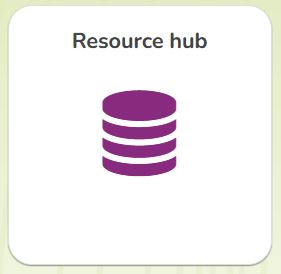 The resource hub is where you can search for resources and upload your own
The resource hub is where you can search for resources and upload your own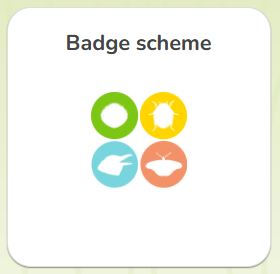 The badge scheme page describes all the badges at bronze, silver and gold levels. Details of the activity for each badge can be viewed and there are links to resources for each badge
The badge scheme page describes all the badges at bronze, silver and gold levels. Details of the activity for each badge can be viewed and there are links to resources for each badge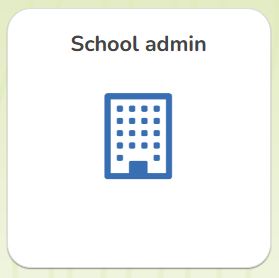 You can add and edit school details, educators, classes and individual students on the school admin page
You can add and edit school details, educators, classes and individual students on the school admin page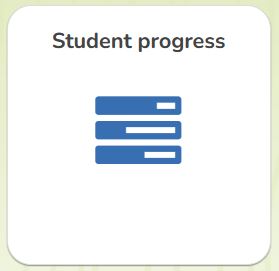 If your students are working on badges individually, you can see how many badges and awards they have on the student progress page
If your students are working on badges individually, you can see how many badges and awards they have on the student progress page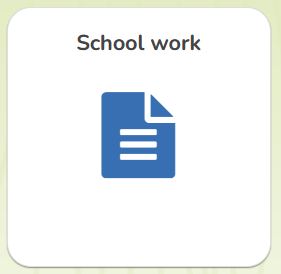 All files attached to completed badges (for your school) can be seen on the school work page
All files attached to completed badges (for your school) can be seen on the school work pageBES badges help
On the badges page you can record activities to earn badges.
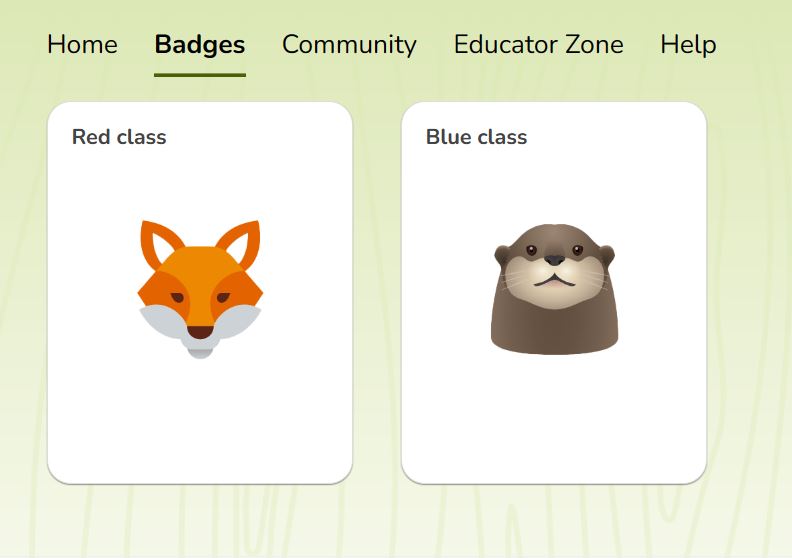
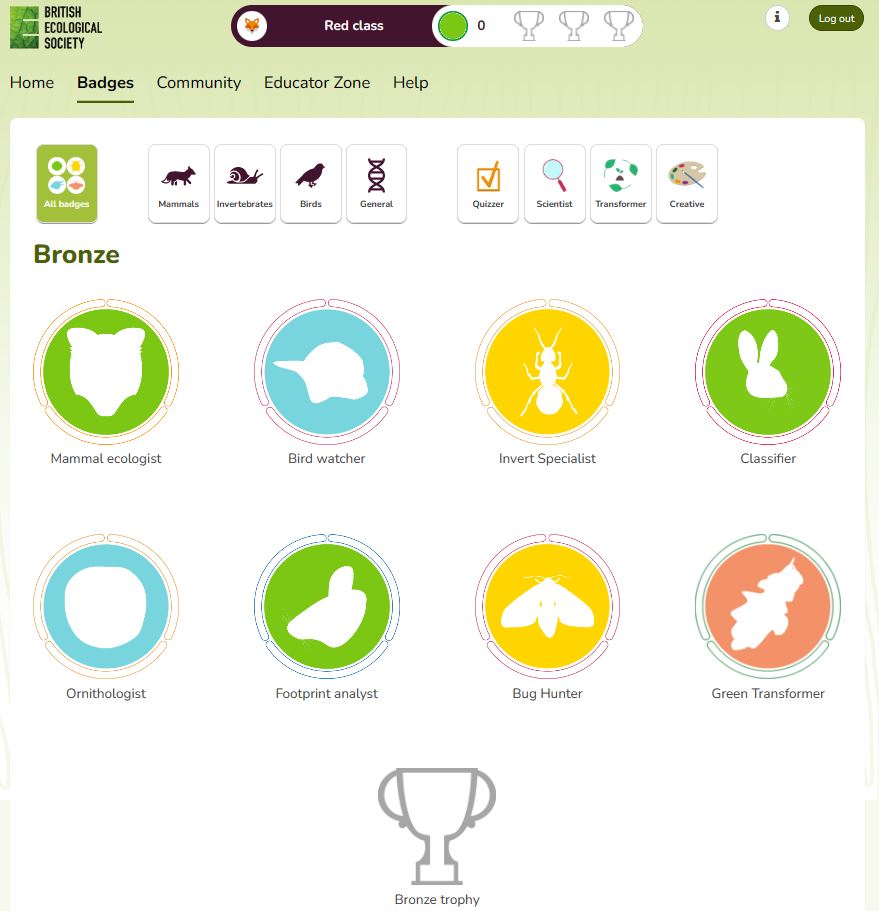
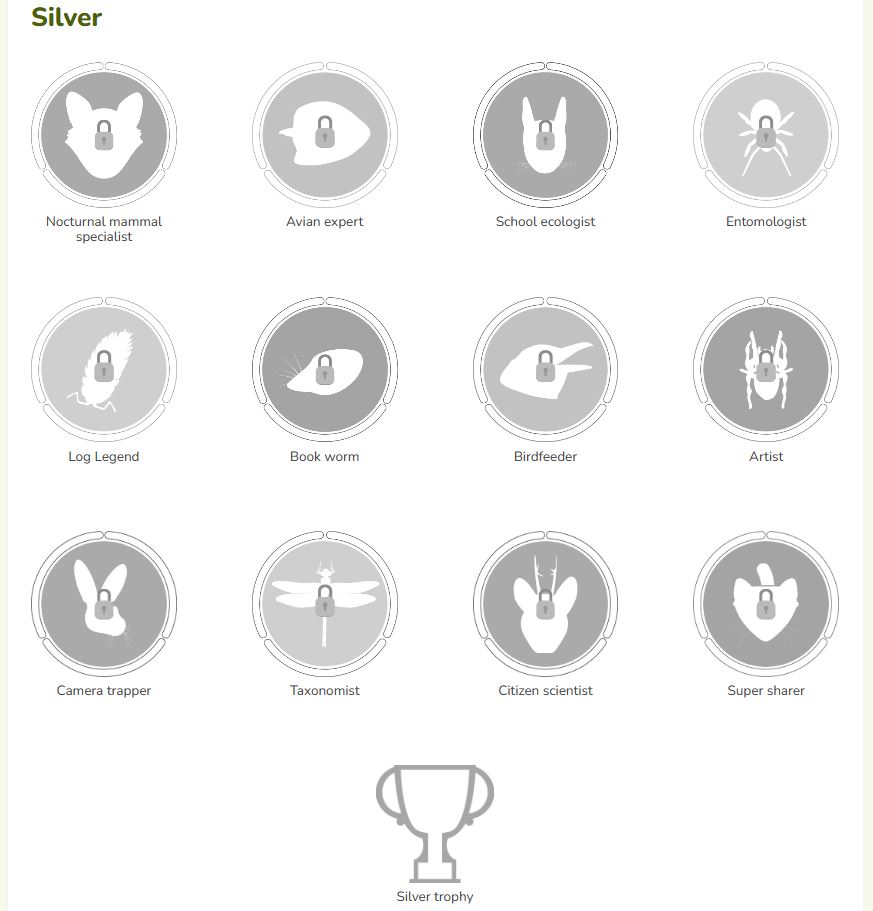
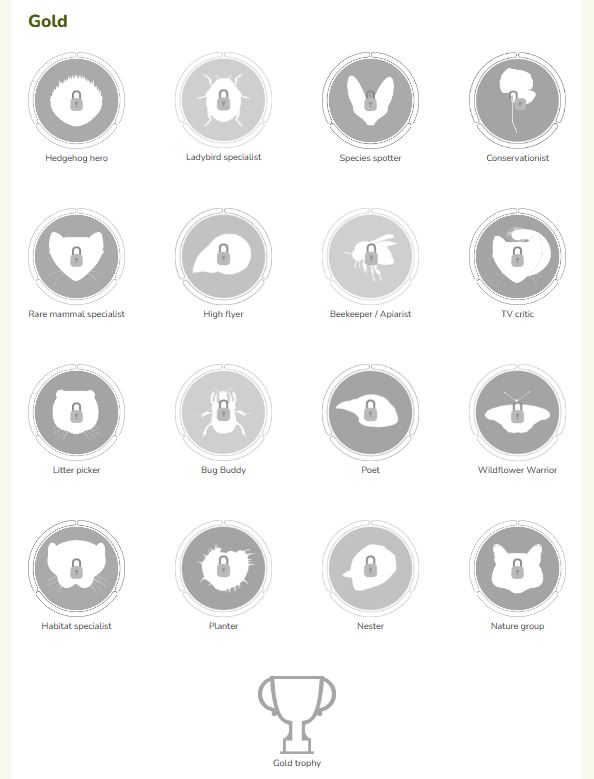
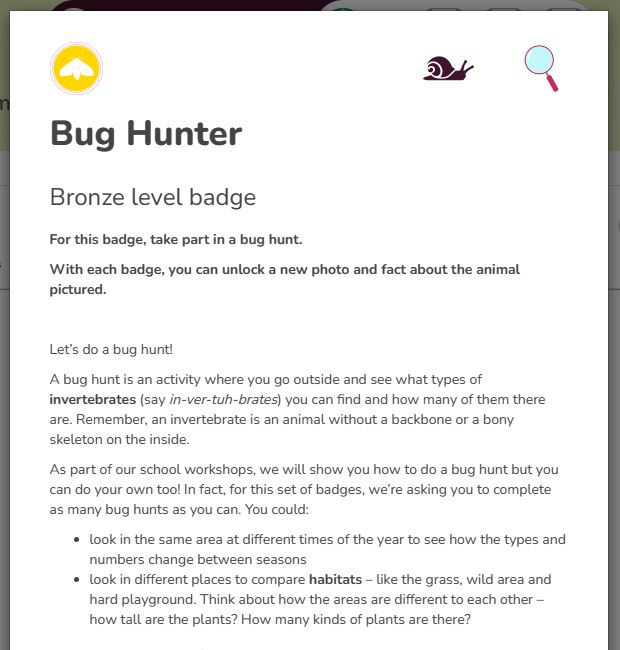
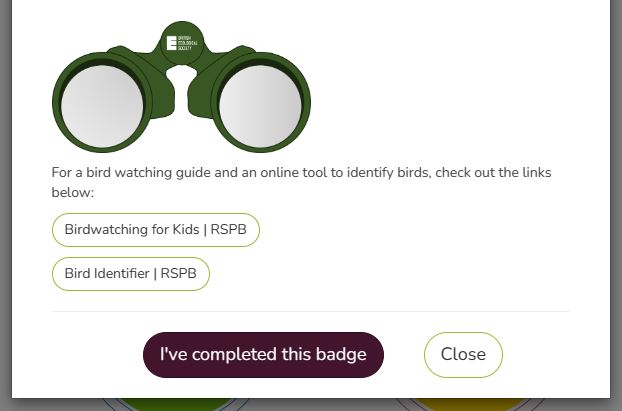
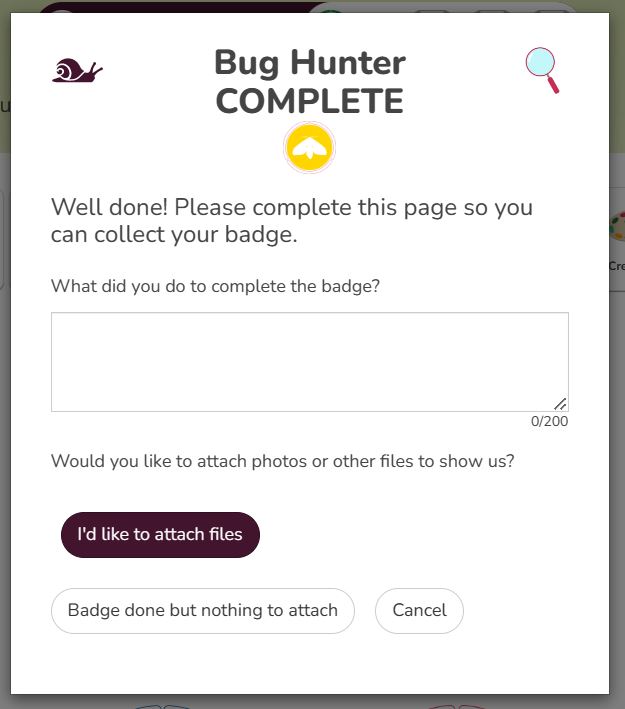
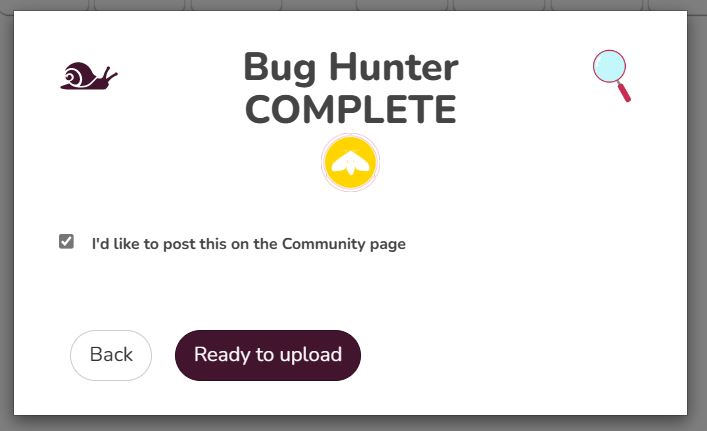

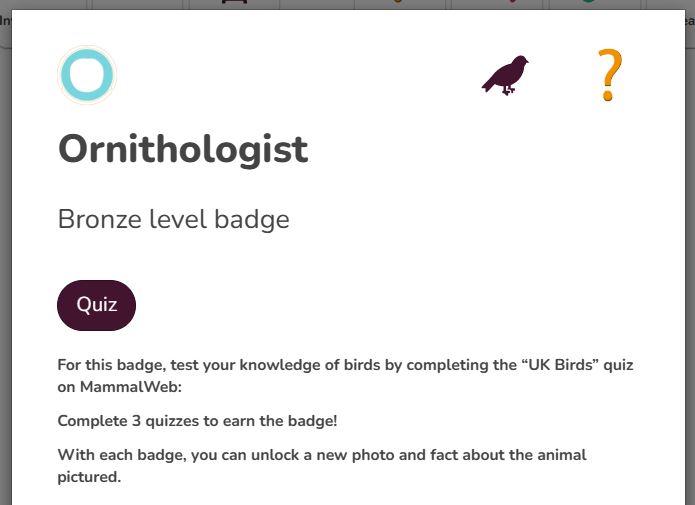



 English (United Kingdom)
English (United Kingdom)  Czech (Čeština)
Czech (Čeština)  Nederlands (nl-NL)
Nederlands (nl-NL)  Magyar
Magyar  Deutsch (Deutschland)
Deutsch (Deutschland)  Croatian (Hrvatski)
Croatian (Hrvatski)  Polski (PL)
Polski (PL)  Español (España)
Español (España)